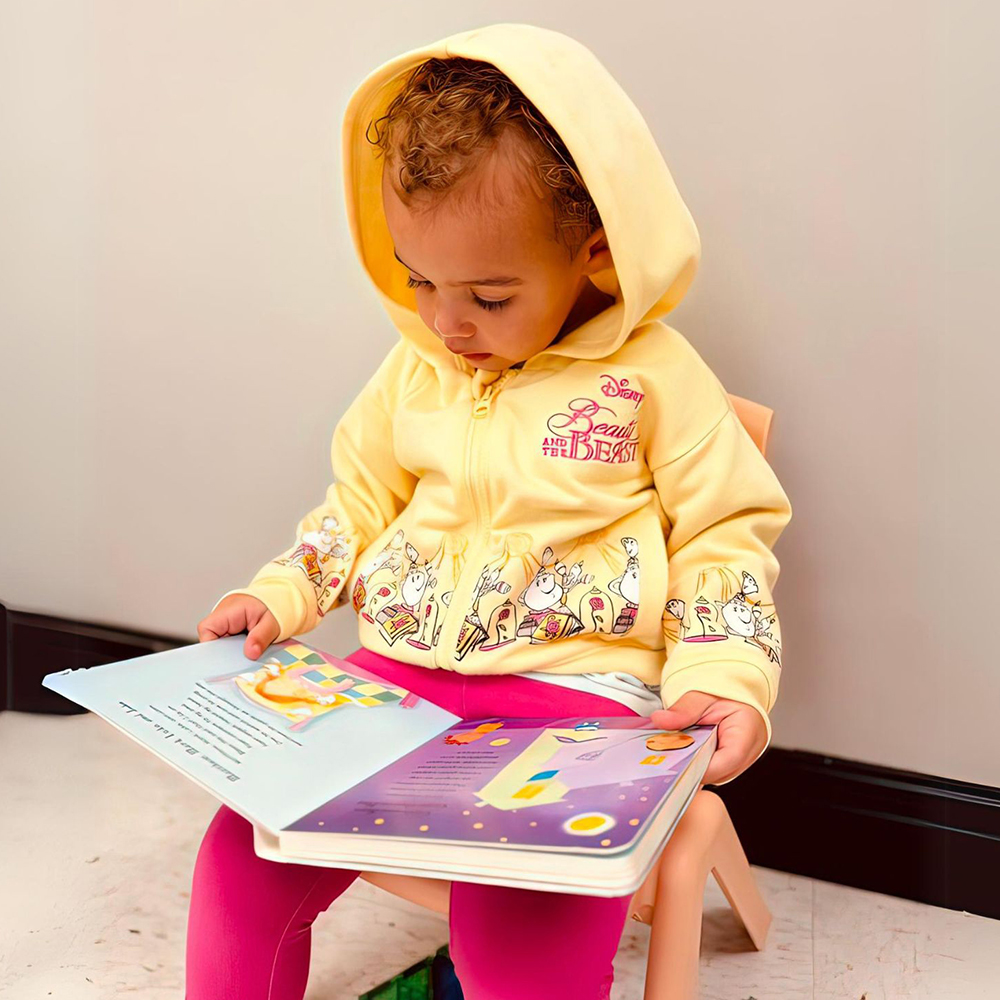
As we continue to move forward down the path of teaching your child math at an early age let’s proceed to cardinal numbers, another important step in the process of helping your child understand math.
Teaching cardinal numbers to children between the ages of 2 and 5 can be an exciting and rewarding experience. Cardinal numbers represent quantity and are fundamental in understanding mathematics. Introducing these numbers to young minds can lay a strong foundation for their future mathematical skills. In this blog, we’ll explore some creative methods to teach cardinal numbers, along with examples ranging from 1 through 20.
Understanding Cardinal Numbers:
Before delving into teaching techniques, let’s grasp the concept of cardinal numbers. Cardinal numbers are counting numbers used to denote quantity or how many of something there are. For example, if there are three apples, “three” is the cardinal number representing the quantity of apples. These numbers are essential for everyday tasks like counting objects, telling time, and understanding numerical order. The cardinal numbers are the counting numbers that start from 1 and go on sequentially and are not fractions. The examples of cardinal numbers are: 1,2,3,4,5,6,7,8,9,10,11,12,13,14,15,16,17,18,19,20,…. The meaning of cardinals is “how many” of anything is existing in a group.
Creative Teaching Techniques:
Interactive Counting Games: Engage children with interactive counting games such as counting toys, blocks, or fingers. Make it fun by incorporating colorful objects and encouraging them to count aloud.
Number Songs and Rhymes: Utilize catchy songs and rhymes that incorporate cardinal numbers. Singing along to songs like “Five Little Ducks” or “Ten in the Bed” can help children memorize numbers effortlessly.
Visual Aids: Visual aids like number flashcards or posters can reinforce learning. Displaying numbers in the child’s environment, such as on bedroom walls or in the play area, provides constant exposure to cardinal numbers.
Storytelling with Numbers: Create stories or narratives that involve counting. For instance, “The Three Little Pigs” is an excellent story to introduce the concept of the number three while engaging children with a familiar tale.
Outdoor Exploration: Take advantage of outdoor activities to teach numbers. Counting flowers, birds, or steps at the playground not only reinforces counting skills but also connects learning to the real world.
Conclusion:
Teaching cardinal numbers to children aged 2-5 is an essential step in their mathematical development. By incorporating interactive games, songs, visual aids, storytelling, and outdoor exploration, parents and educators can make learning enjoyable and effective. Remember, repetition and patience are key in reinforcing these concepts. As children grasp the concept of cardinal numbers, they lay a strong foundation for future mathematical understanding and problem-solving skills. So, let’s make learning numbers a fun and memorable experience for our little ones! Please click on the link below for related resources to assist with this process.
https://www.splashlearn.com/math-vocabulary/number-sense/cardinal-numbers





